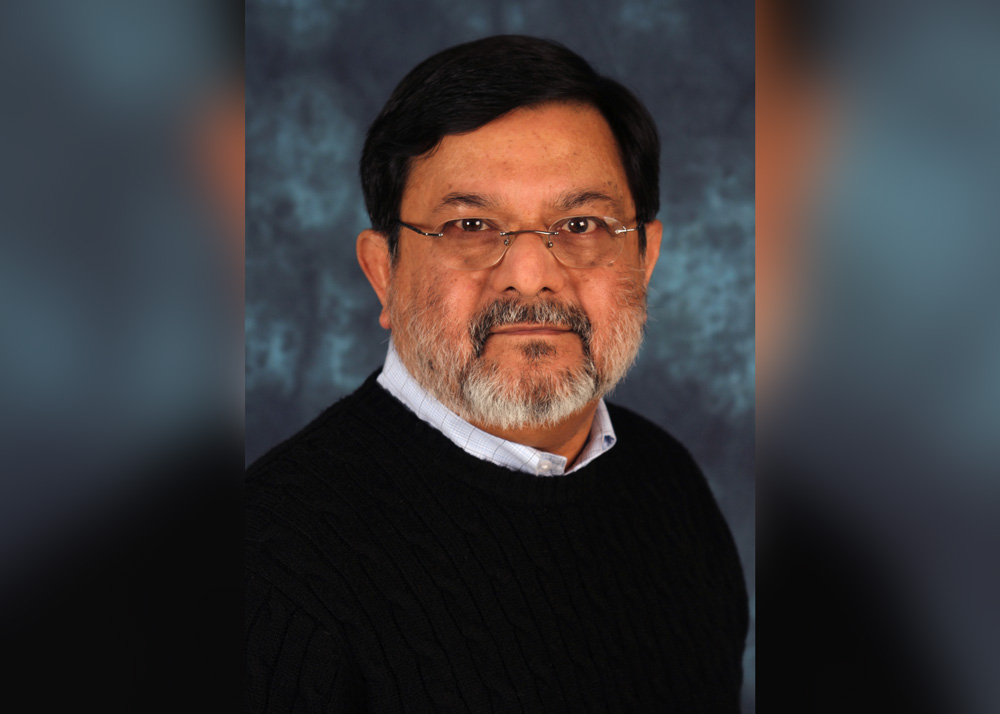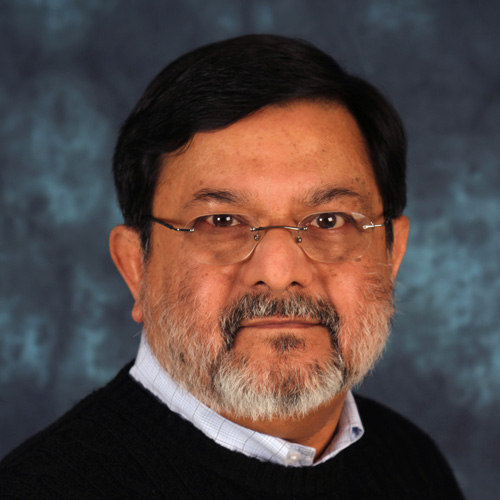Research Interests:
Structure-function relationship of biological membranes Model membrane systems Biomolecules using biophysical techniques including microscopy, spectroscopy, x-ray Electron diffractionAbout Arindam Sen
Positions
- Emeritus Faculty
- Cell Stress Biology
Background
Education and Training:
- BSc - Physics, Delhi University, Delhi, India
- MSc - Physics, Delhi University, Delhi, India
- PhD - Life Sciences, J. Nehru University, N. Delhi, India
Research
Research Overview:
My general research interests include structure-function relationship of biological membranes, model membrane systems and biomolecules using biophysical techniques including microscopy, spectroscopy, x-ray and electron diffraction. My specialization is in the area of electron, optical and atomic force microscopy and, uv/vis and infrared spectroscopic techniques. Specific interests include developing strategies for parenteral drug delivery including transdermal, lipidic nanoparticles and macromolecular assemblies as drug delivery systems, and the development of biosensors using planar immobilized assemblies of biomolecules. Further, we are investigating the physical barriers posed by the tumor microenvironment on effective chemo and radiation therapy, and possible approaches for overcoming those barriers.
Current Program:
- Transdermal Drug Delivery and Analyte Monitoring
- Lipidic Nanoparticles for Drug Delivery
- Tumor Microenvironment
- Development of biosensors
Publications
- Rustum YM, Tóth K, Seshadri M, Sen A, Durrani FA, Stott E, Morrison CD, Cao S, Bhattacharya A. Architectural heterogeneity in tumors caused by differentiation alters intratumoral drug distribution and affects therapeutic synergy of antiangiogenic organoselenium compound. Journal of oncology 2010; 2010 :396286
- Bhattacharya A, Toth K, Sen A, Seshadri M, Cao S, Durrani FA, Faber E, Repasky EA, Rustum YM. Inhibition of colon cancer growth by methylselenocysteine-induced angiogenic chemomodulation is influenced by histologic characteristics of the tumor. Clinical colorectal cancer 2009;8(3):155-162
- Sen A, Capitano ML, Spernyak JA, Schueckler JT, Thomas S, Singh AK, Evans SS, Hylander BL, Repasky EA. Mild elevation of body temperature reduces tumor interstitial fluid pressure and hypoxia and enhances efficacy of radiotherapy in murine tumor models. Cancer research 2011; 71(11):3872-3880
- Sckolnick M, Hui SW, Sen A. Influence of DMPS on the water retention capacity of electroporated stratum corneum: ATR-FTIR study. International journal of pharmaceutics 2008; 350(1-2):138-144
- Burgess SE, Zhao Y, Sen A, Hui SW. Resealing of electroporation of porcine epidermis using phospholipids and poloxamers. International journal of pharmaceutics 2007; 336(2):269-275
- Xu Y, Choi J, Hylander B, Sen A, Evans SS, Kraybill WG, Repasky EA. Fever-range whole body hyperthermia increases the number of perfused tumor blood vessels and therapeutic efficacy of liposomally encapsulated doxorubicin. International journal of hyperthermia 2007; 23(6):513-527
- Capitano ML, Schueckler JT, Jaggernauth W, Sen A, Repasky EA. Fever-range whole body hyperthermia increases the efficacy of radiation therapy by selectively increasing the percentage of perfused tumor blood vessels. Proceedings of the American Association for Cancer Research Annual Meeting 2008; 49:1371
- Srivatsan A, Rao KVR, Chen Y, Wang Y, Batt C, Morgan J, Sen A, Repasky E, Pandey RK. Effect of hyperthermia on PDT and imaging. Proceedings of SPIE: Biomedical Optics and Medical Imaging 2009; 7380:73805V

